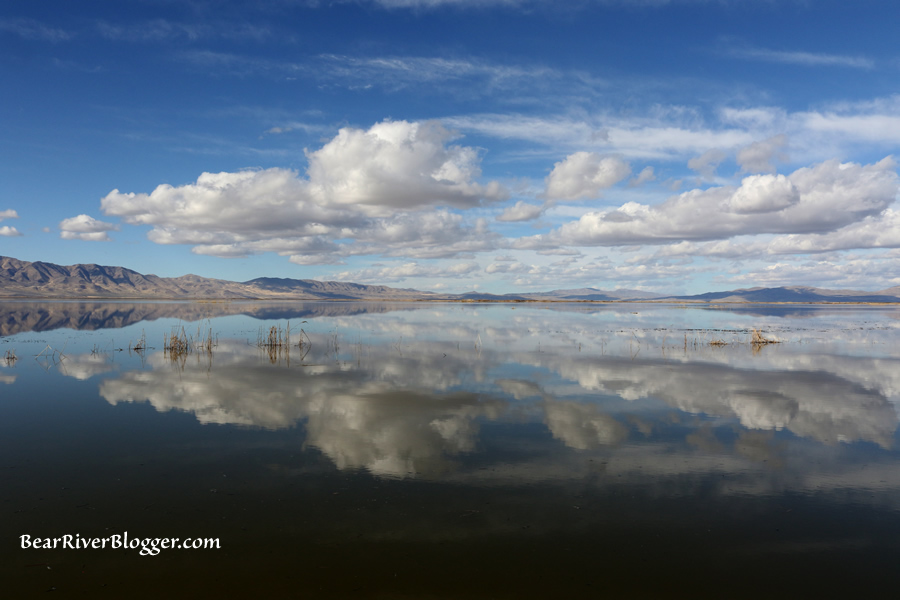As a bird watcher, have you ever just sat and watched birds, I mean really sit and observe birds doing the things that they do and be intrigued by it? I have and, in fact, I still do, especially when it comes to bird flight.
When I was a kid, many a hot summer day would consist of me laying on the grass for hours gazing at the migrating hawks, soaring high above the earth as if each one was in some kind of choreographed aerial ballet.
I wondered how they could fly so easily, so effortlessly, in these circular patterns without even the slightest breeze and without hardly flapping their wings.
So, you might ask, why do birds fly in circles and how do they stay aloft for so long with hardly a wing beat on such calm, windless days?
Birds fly in circles because they have a unique ability to take advantage of a weather phenomenon known as thermals. Thermals help give the bird lift, and birds fly in circles to stay within the thermal to reduce the amount of energy used during flight.

What is a thermal?
A thermal is simply a rising column of warm air forming from the uneven heating of air near the ground. As the air warms, the less dense warmer air begins to rise, creating an updraft column of air which continues to rise until it cools and falls back down to the earth.
Thermals are common near hills and mountains where the sun heats one side faster than the other and the warmer air, in turn, creates this updraft of air.
As the sun’s heat is needed to warm the earth, thermals occur from morning to mid-afternoon.
They can form in many places, near lakes and rivers as air typically warms much faster above the nearby land as it does over water, above plowed fields, highways or other areas where the dark ground is beside lighter, leafy areas.
I bet most of you have seen a thermal in the form known as a dust devil. This is a very small, intense form of thermal which is easily seen by the dust and debris it picks up from spinning around so intensely. Dust devils are common, at least in my neck of the woods, that is, around plowed farm fields.

Larger, less intense thermals are often characterized by newly forming cumulus clouds, where the warmer air rises, cools and leaves any moisture in the air to condense and form as a cloud. Larger types of thermals like this are what birds use to soar and circle high above the earth.
Why do birds use thermals?
Birds are similar to you and me, they like to conserve energy whenever they can and riding thermals does indeed help birds become more efficient in their flight.
The rising air actually helps push the bird up and they circle round and round to stay inside these columns of rising air to take full advantage of mother nature’s natural elevator.
Some birds, such as vultures, condors and even eagles, for example, use thermals to scan the terrain below for food for hours while others, such as migrating hawks, utilize them to traverse their long migration route.
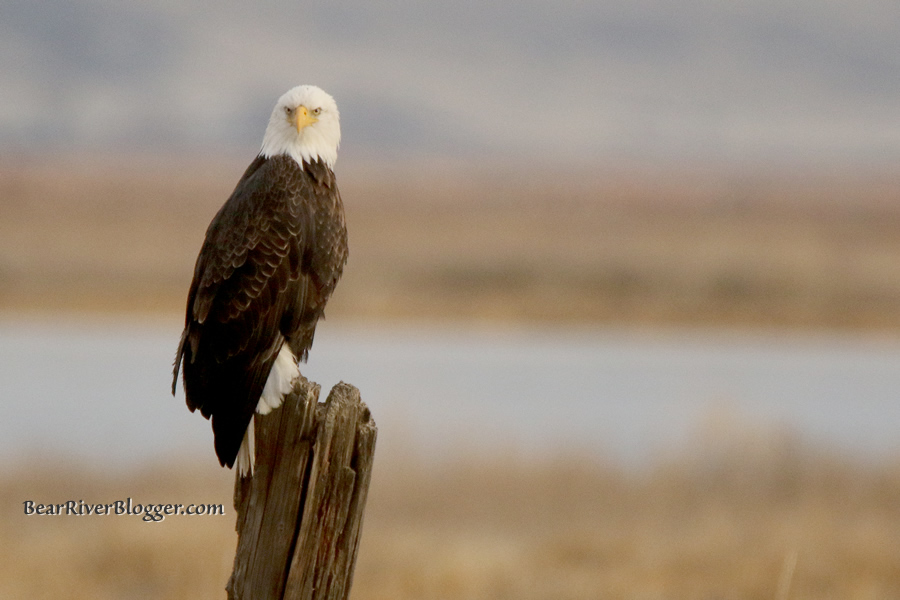
Regardless of the particular use, birds do indeed make good use of thermals by helping them conserve energy in their flight by locking their wings, per se, and let the rising air give them lift.
What types of birds soar using thermals?
Many species of birds, if not all types of birds, could take some advantage of thermals, but some are much more adapted to it than others because of their wing size and shape.
Some birds, however, just don’t have a need for thermals so they don’t use them. One example on the Bear River Migratory Bird Refuge is red-winged blackbirds.
These small, dark birds spend most of their time on the ground and since they never migrate, only leaving the refuge to nearby fields during the winter, red-winged blackbirds here have little use for thermals.
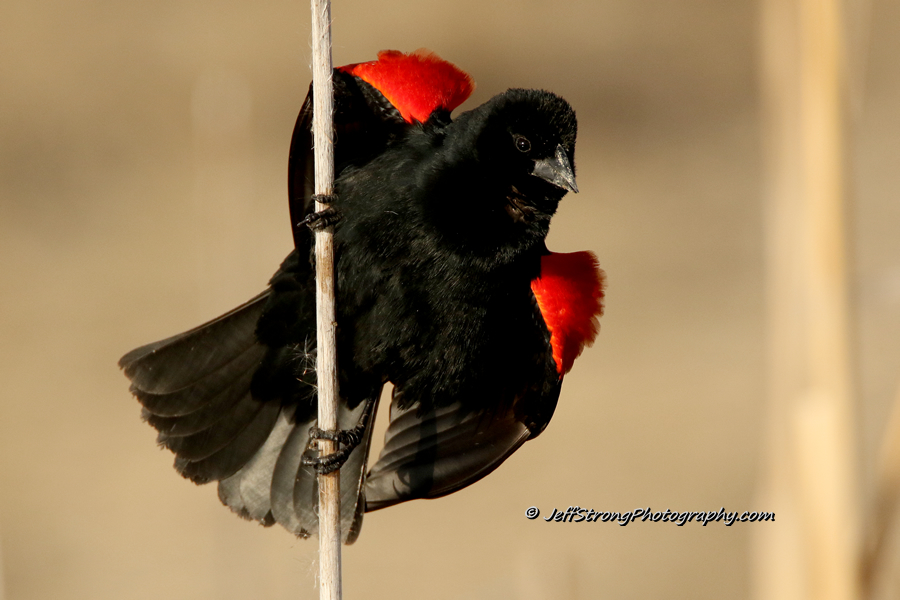
Birds that mainly migrate at night, which is, in fact, a great number of species of birds, miss out on the use of thermals for migration purposes as this weather phenomenon only occurs during daylight hours.
But there are many birds which do use thermals. A variety of birds, such as some hawks, eagles, vultures, pelicans, and gulls, for example, do utilize thermals in one way or another, either for migration, scanning the terrain for food or, in the case of the American white pelican on the Bear River Refuge, traversing back and forth between their nesting colony and the refuge to feed.
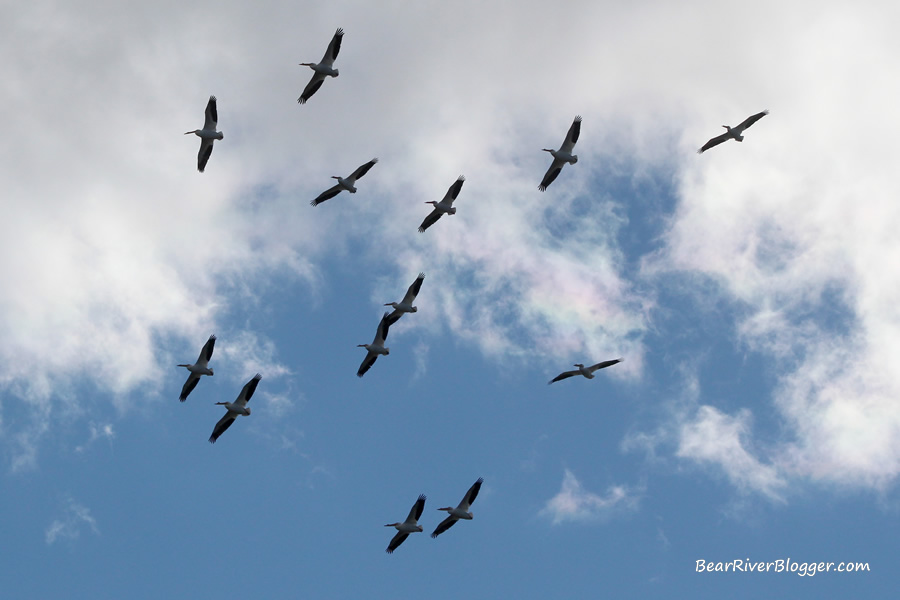
Wing shape and size for thermals
As I have said earlier, wing shape and size play a role in how easily a bird can soar and utilize thermals. Birds that take full advantage of a thermal are ones that have one thing in common, wings designed for maximum lift by being long, wide, or sometimes a bit of both.
Some birds, such as vultures, have short, broad wings that allow them to remain aloft and very maneuverable at low speeds.
Other birds, such as pelicans, have longer wings which allow them to catch even the slightest amount of lift.

In both cases, either short and wide or long and a bit more narrow, birds with wings that have a greater surface area can catch more air with their wings and, as a result, use thermals very effectively to ride the rising air.
Thermals on the Bear River
Migratory Bird Refuge
As noted before, thermals are created by uneven heating of the air near the ground. They can form where ever the air is just a couple degrees warmer than the air next to it.
Places thermals can form are above mountains, land adjacent to a body of water or where darker pieces of bare ground are next to lighter, vegetation-covered ones, all of which can give a difference in heating the earth’s air by just a couple of degrees.
If you have ever visited the Bear River Migratory Bird Refuge auto tour route, you will notice all of these scenarios are somewhat present on the refuge with its large bodies of open water adjacent to vast expanses of dark, open mudflats.
The large Promontory mountain range, located just west of the refuge, is also an ideal place for thermals to form.

The face of this rugged mountain range, laying north to south, greets the morning sun and has much of the day to heat while the western, more shaded side, takes longer to warm from not being directly in the sun for much of the day.
This is a classic area for thermals to appear and, trust me, pelicans take full advantage of this situation.
The American white pelican is a very common visitor to the refuge. You can come during the summer months and almost always see pelicans soaring above the refuge, loafing alongside a canal on a perch or in a pod chasing down fish for a meal.
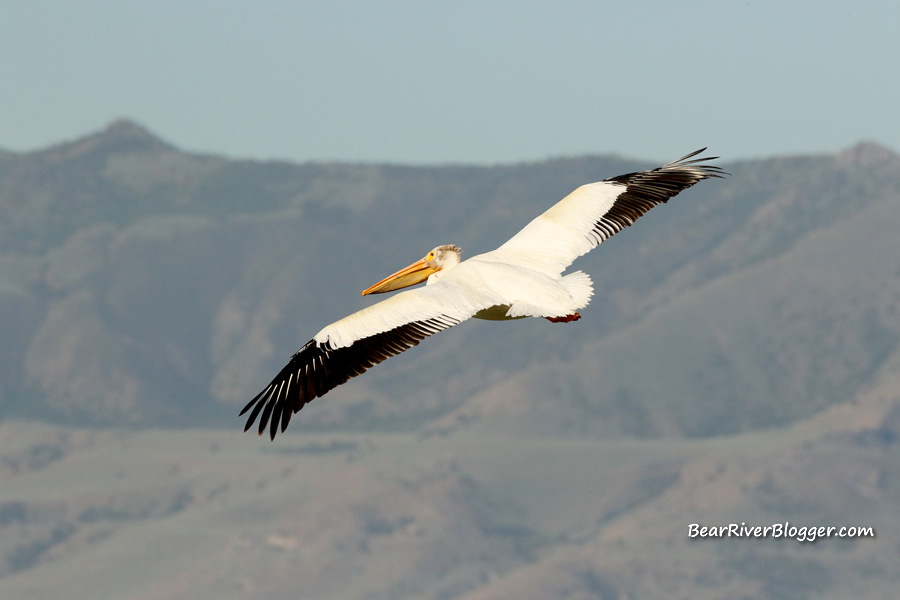
Pelicans utilize the refuge for its great abundance of freshwater habitat and a high number of carp and other fish.
They don’t nest of the refuge but come daily to feed and rest. Nesting is done on an island in the Great Salt Lake by the name of Gunnison island, which hosts one of the largest breeding colonies of American white pelicans in North America.
Since the Great Salt Lake is a body of saltwater, not suitable for fish, pelicans have to travel long distances to find food.
The Bear River Migratory Bird Refuge, laying a bit northeast of the island, is one of the more abundant food sources we have here in northern Utah for pelicans so hundreds or more make the journey daily to find fish for their young.
The Promontory Mountains, which lay directly between the island and the refuge, sometimes offer the traveling pelicans a way to conserve energy with developing thermals by helping these very large birds gain the much-needed altitude to cross over the impressive mountain.
It’s quite a sight to see pelicans taking off from the water and find a thermal. They often times fly right by you if you’re in their path as they gain altitude and head back to the island.
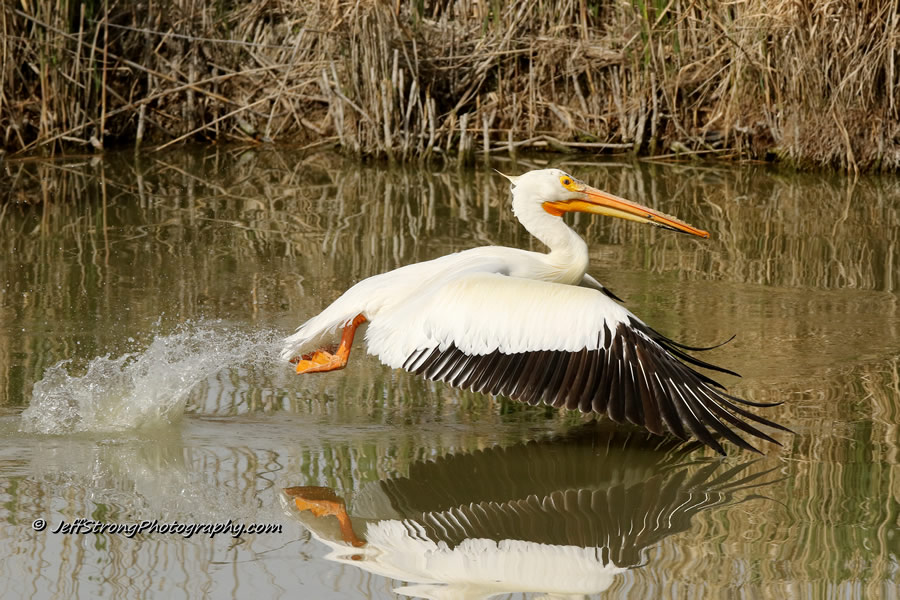
Summer is when visitors can come to experience the refuge to watch or photograph pelicans fishing for food, roosting on one of the canals or soaring high above on a thermal. I have to admit, it is quite a peaceful moment to watch these graceful birds circle and soar above on a warm summer afternoon.
Conclusion
So, you see, birds utilize nature’s elevator, thermals, to gain altitude without using much energy. Thermals help birds migrate long distances or, in the case of vultures, effortlessly search for hours, if needed, far below for food.
Thermals are made by uneven heating of the air near the earth’s surface, which begins to rise as it warms, giving a sort of “lift” to birds using their broad, long wings as a glider.
If you are interested in learning more about the Bear River Migratory Bird Refuge or would like to visit the refuge someday, I would suggest starting with visiting their website. It has all their contact information, social media channels as well as more information about the refuge, it’s birds and habitat.
Subscribe to our blog
We appreciate your readership and suggest if you like this blog to head over to our subscription page and sign up for email notifications for future blog posts.
